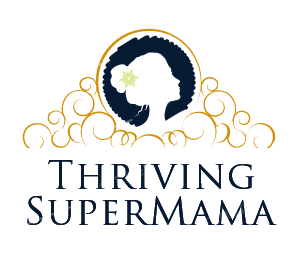
The beginning of motherhood is always a unique story to every mom. While some acknowledge it right from conception, others meet the reality of it when they feel the little kicks. Yet many endure the oblivious path of labor pains and delivery through different processes. However, we all do agree that as one steps into motherhood, the role of the midwife can never go unmentioned.
Read also: Struggling with Homeschooling? Here’s what to do
For twenty nine years now, on May 5th, the world celebrated the International Day for Midwives. This is u,tthic, by midwives in delivering babies as well as providing the care after. According to UNFPA, each year 300,000 mothers die during childbirth, 3million babies die in their first month of birth, while 2.5 million are still births. Midwives play a key role in ensuring mom and baby survive, and live through it all. On this day, both the modern trained midwife and the traditional midwife are celebrated.
The traditional midwife has often been misunderstood and shunned for trying to fill the gap in places where modern medicine has not broken ground. By 1997, traditional midwives in developing countries performed up to 60% deliveries. Despite the technological advancements globally, there are developing countries that have decided to embrace traditional midwives. They are given the necessary support until when modern health care becomes accessible for all mothers.
The Kenyan government, for instance, has put measures in place to improve maternal health care through plans such as the Linda Mama initiative. Despite all this, the maternal health care gap in rural areas is yet to be filled. Mothers in remote areas still have to endure long labor, breeched births and eventualities of death due to limited access to health care. With this reality at hand, it is only prudent to actively involve traditional midwives in curbing this since they are members of these rural communities and can be easily accessed in times of need.
Nyanza is among the highly ranked regions in maternal mortality rate in Kenya; with 495 dying per 100,000 mothers. The Kisumu County Government has taken the lead in working together with traditional midwives to curb the towering numbers.
First, the traditional midwives were trained on the dangers of unskilled deliveries and the possible complications likely to be encountered. They were then integrated into offering maternal care to mothers who sought their services only on basis of support. Support entails abdominal and back massages, and routine visits for fetus checks. In cases of emergency, the midwives were advisedto always refer the mother to a hospital, in return they would earn an incentive of Kshs 300. These strategies have proven helpful in reducing the maternal mortality rate and also curbing the transmission of HIV/AIDS from positive mothers to their babies.
Before Covid-19 crippled us, the World Health Organization had declared 2020 the Year of the Nurse and Midwife. During these tough times we really get to think, appreciate and celebrate what nurses and midwives are doing for us. They have put their lives on the line to ensure mothers deliver their babies successfully. Life’s greatest miracle of creating and giving life still continues even through this pandemic. And when that moment comes and the labor kicks in, our midwives will be waiting with open arms ready to receive. We appreciate the strides in advancement that modern health care has made but we cannot forget the far that traditional midwives have gotten us. Some of us could have probably been delivered in a tiny hut. Remember to keep the nurses and doctors at heart, but those who actually help us get here closer!

